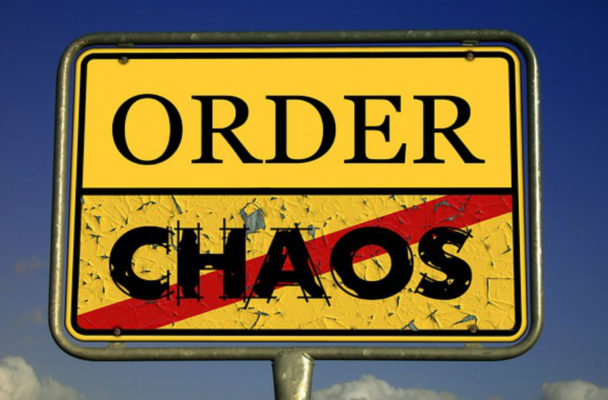Final resting place

You might be a Marie Kondo convert by now; everyone else seems to be. Marie is the women behind the best seller decluttering sensation that is The Life Changing Magic of Tidying. In the book Marie lays out her system for decluttering any physical space. The only problem is that early on in the book, Marie explains that she is a kind of tidying junkie and has been since she was a child.
She explains the psychological connections we have with stuff and the damage that can be done by clutter.
We instinctively know that those pots and pans should be cleaned after use and put away out of sight, but somehow they stay there on the worktop and the dirty clothes remain on the bedroom floor with the dog sleeping on them.
So we have lots of stuff lying around in the wrong place in almost every room. Some of this is junk that can be identified easily and put in the bin.
Some of it is stuff we’re not sure if we want to keep or not.
Some of it is stuff we think we will get around to fixing or up-cycling someday, but we never do.
Some of it is weird psychological shit that we don’t know how to deal with at all; I like to call this what it most likely is…comfort blankets.
Comfort blankets come in all shapes and sizes just as the physical comforters of our childhood did. You might even be holding on to an actual childhood comfort blanket for all I know, but for most adults they will take the form of little rituals they perform or ideas they hold in their heads that have a comforting (yet stifling) effect. Possibly taking you back to a time you think was better than now.
If like many others you feel that now, the beginning of the year is the right time to de-clutter your place and/or your head, I can offer no better measure than to give everything you pick up a final resting place. Simply forcing yourself to decide where you can put down an item or idea so that it doesn’t need to be shifted again until it’s needed can be hugely releasing and relieving.
Otherwise you run the risk of moving clutter from one place to another cluttered place and never feeling the release from its hold over you.
Use the Desktop Folder Technique
Decide where every single item should live in your kitchen, living room, bathroom, computer hard drive, phone, head etc, but do it purposefully and slowly. The stuff that doesn’t immediately suggest it’s own place, might be superfluous. Get ideas out of your head and onto paper in a journal of ideas…add drawings and images to see how enthusiastic you really are about each idea and how well developed they are. Imagine that these ideas are cluttering up your computer desktop and use the journal/sketch book as a kind of hold all folder. Revisit your journal in quiet moments and be instantly and vividly reminded of your brilliant and not so brilliant ideas. If they will fly…try to take a small daily step towards fulfilling them…try this method to find an extra 9 weeks in the year to work on these thoughts/ideas/projects.
Speaking of which…
If there is actually a lot of junk files on your computer desktop…clear it immediately by creating a new folder named Desktop Clear up Jan2019 or similar and drag everything else into it. Each time thereafter that you find yourself needing a file that is in there, make sure to re-file it where it should be afterwards. After 6 months, it’s probably safe to delete that folder with its remaining contents.
Decide where pots and pans are going to live and where the lids will be so you can keep your kitchen spaces clear and organised. You will have pans and gadgets that you never use…create a folder for them on your desktop i.e. get a big box and put them all in it. Each time in the next 6 months you find yourself needing one of them…use it and then create a final resting place just for that thing. After 6 months you can dump or give away whatever remains in the box (desktop folder)…or take it to its real final resting place.
Create a final resting place for everything you really need and want to keep, then get rid of everything else slowly and methodically using the 6 month Desktop Folder Technique.

Leave a Reply